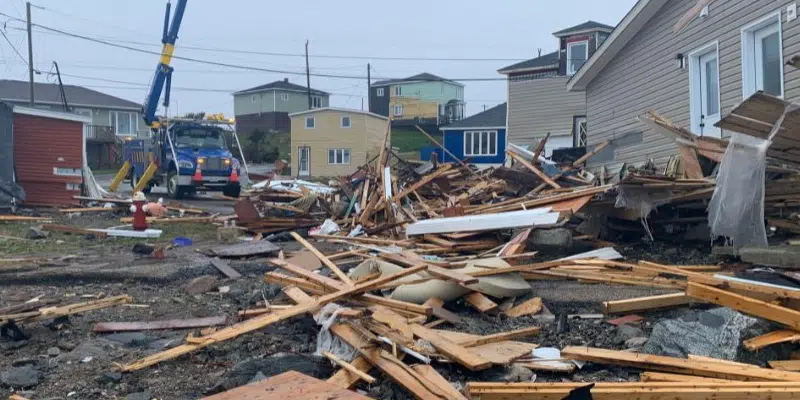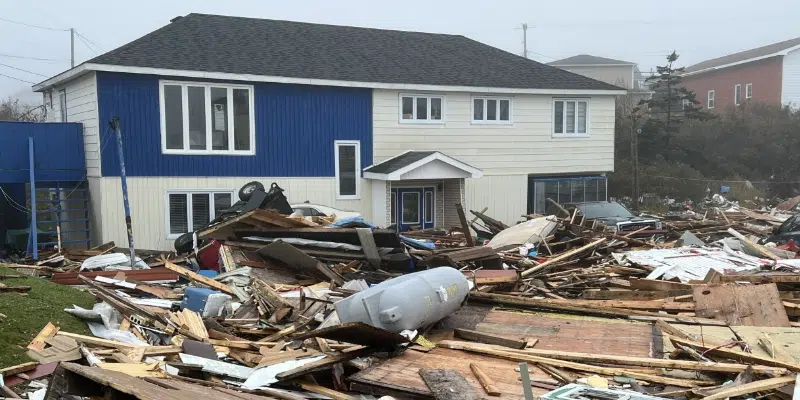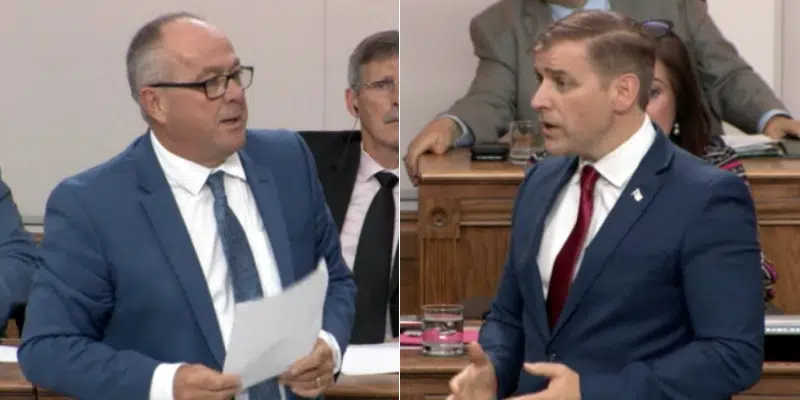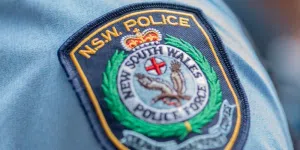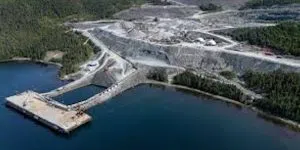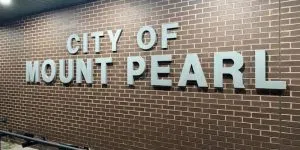For parts of the province ravaged by Hurricane Fiona in September, the clean-up and assessment of damages would continue into October.
Residents of the province’s southwest coast continued to pick up the pieces, while the process of determining financial compensation for those who suffered losses would only just begin. Over 1,000 people registered with the Canadian Red Cross to avail of relief funding, with cheques rolling out early in the month.
Support continued to pour in from across the province and beyond. As of October 24, the Canadian Red Cross Fiona relief program had raised over $20 million. A benefit concert held at the Mary Brown’s Centre would help to raise another $2 million.
Port aux Basques Mayor Brian Button, who stepped up as a municipal leader, providing regular updates to residents and along with councillors and staff, helped to co-ordinate relief and clean-up efforts alongside provincial and federal government officials, would be given a standing ovation at the concert. He was credited with saving lives by members of the community, after personally calling residents on the night of the storm to warn them of the dangers as the storm surge situation became more apparent.
October 20, the State of Emergency in Port aux Basques would finally be lifted.
Furey $500
The provincial government would answer the call for some form of relief from rising inflation with a one-time cost-of-living benefit.
On October 5, government announced a one-time $500 cheque for every Newfoundlander and Labradorian with an individual annual income of $100,000 or less. Those making between $100,000 to $125,000 would receive a partial payment.
The move was met with scrutiny from many different corners, with the opposition, activists, and economists alike questioning whether the measures went far enough to address the rising cost-of-living. Others questioned the high income threshold for eligibility.
Fishing for Controversy
On October 4, the province would move to the next phase of a process to allow wind development, determining what Crown land would be made available for the competitive bid process.
Questions were raised about the decision-making process amid concerns about the Premier’s relationship with key wind and hydrogen proponent, John Risely. AllNewfoundlandLabrador revealed that Premier Andrew Furey and his father were Risley’s guests on a fishing trip a year earlier. That revelation would prompt Opposition House Leader Barry Petten to question the circumstances surrounding the luxury cabin stay and whether or not the proposed project was discussed.
Furey defended taking the trip, arguing that it was on his personal time and that Risley is a family friend. He contended that there was no conflict of interest, he did not discuss government business on the trip and explained the “ethical walls” he had put up to avoid a conflict of interest.
That didn’t sit well with the Opposition who continued to turn up the heat in the House of Assembly.
Unreliable and Unregulated
October would also see the release of a report on the reliability of the Labrador-Island Link. NL Hydro would reveal the necessity of expanding the Bay d’Espoir hydro development at a cost of $500 million dollars to meet projected demand, and that Hydro would continue to rely on the Holyrood Generating Plant as a backup to the LIL—the reliability of which remains in question.
The spectre of Nalcor, which was folded into NL Hydro, would continue to cast a shadow over the province. Auditor General Denise Hanrahan’s report into operations at Nalcor highlighted gross overspending on the Muskrat Falls project, with issues around conflict of interest, hiring of contractors over existing employees, and so-called discretionary or non-essential spending. The second half of the report would be released in November, showing that pay scales were well beyond what was seen in the rest of the provincial government.





